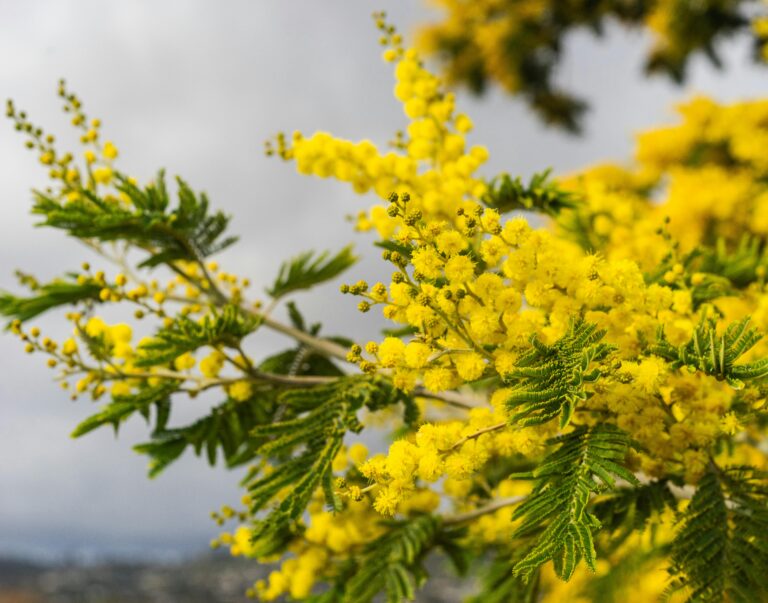Buddha’s hand, or fingered citron as it is also known, is a variety of citron, Citrus medica var. sarcodactylis, that usually contains no fruit, pulp, juice, or seeds.
It gets its name from its unusual shape, which resembles a hand with multiple splayed fingers, although some cultivars resemble more of a closed hand than an open one. And while its insides, beneath its bright yellow peel, are nothing but bitter, white pith, its zest adds a lovely lemon blossom-like flavor to dishes, and it can be used in any preparation that calls for citrus zest. Its peel can also be candied.
Like most citrus, fingered citron needs a warm, or at least temperate, climate in which to grow. Where lemons and oranges can grow, so too can Buddha’s hand. Also, like other citrus fruit, it ripens and is harvested starting in winter and may be available to buy into spring. It tends to come into season a bit more in-line with grapefruit than oranges, so it may be well into winter before you’ll see it piled up at markets.
- Description
Citrus medica var. sarcodactylis, or the fingered citron, is a citron variety whose fruit is segmented into finger-like sections, resembling those seen on representations of the Buddha. It is called Buddha’s hand in many languages including English, Chinese, Japanese, Korean, Vietnamese, and French.
The different cultivars and variations of this citron variety form a gradient from “open-hand” types with outward-splayed segments to “closed-hand” types, in which the fingers are kept together. There are also half-fingered fruits, in which the basal side is united and the apical side fingered. The origin of this kind of citron is commonly traced back to South or East Asia, probably northeastern India or China, where most domesticated citrus fruits originate.
Citrus medica var. sarcodactylis is, like any other citron variety, a shrub or small tree with long, irregular branches covered in thorns. Its large, oblong leaves are pale green and grow about four to six inches. Its white flowers are tinted purplish from the outside and grow in fragrant clusters. The fruit’s fingers contain only the white part of the fruit and sometimes a small amount of acidic pulp, but many of them are completely juiceless and some are seedless.
The plant is sensitive to frost, as well as intense heat and drought. It grows best in a temperate climate. Trees can be grown from cuttings taken from branches two to four years old. It is very commonly grafted onto sufficient rootstock.
- Religious
The fruit may be given as a religious offering in Buddhist temples. According to tradition, Buddha prefers the “fingers” of the fruit to be in a position where they resemble a closed rather than open hand, as closed hands symbolize to Buddha the act of prayer. In China, the Buddha’s hand fruit is a symbol of happiness, longevity, and good fortune. It is also a traditional temple offering and a New Year’s gift.
Whether a Buddha’s hand is acceptable for liturgical use as an etrog on Sukkot was addressed in the 19th century by Rabbi Abdallah Somekh and his disciple, Rabbi Yosef Hayyim, both of Baghdad. The former was inclined to permit it, whereas the latter maintained that one may not use a variety of etrog in the absence of a positive tradition of its having been used.

